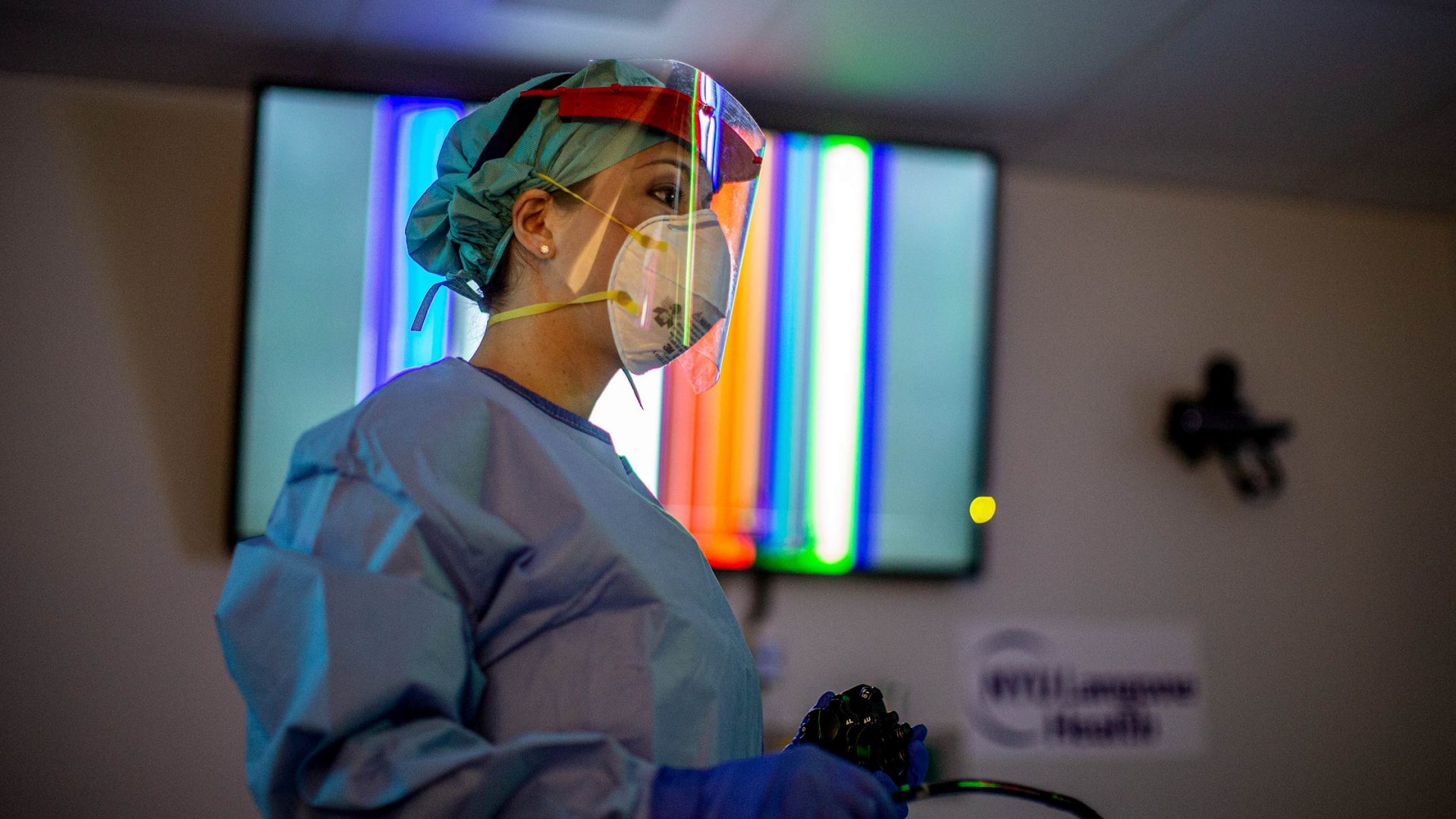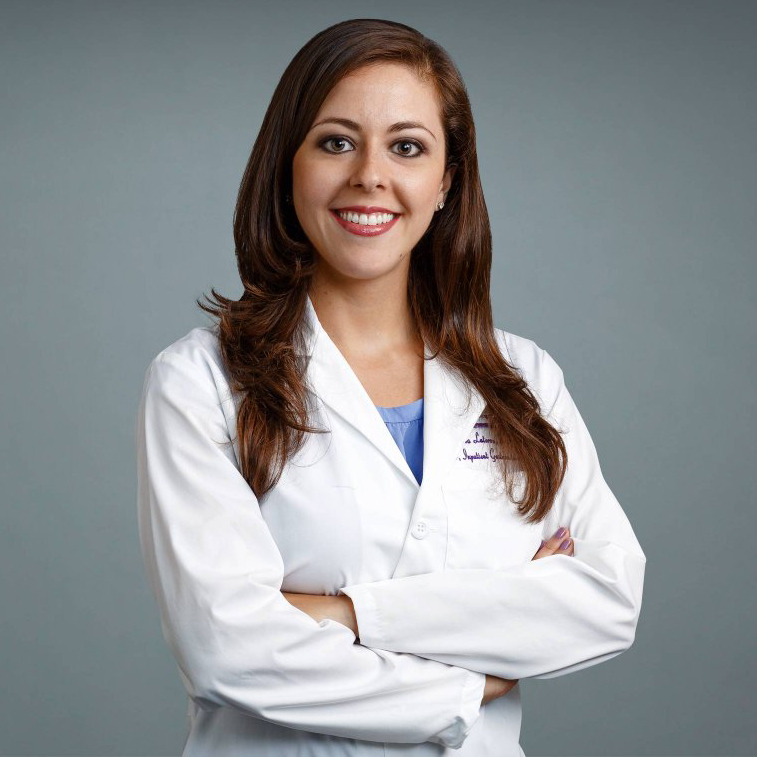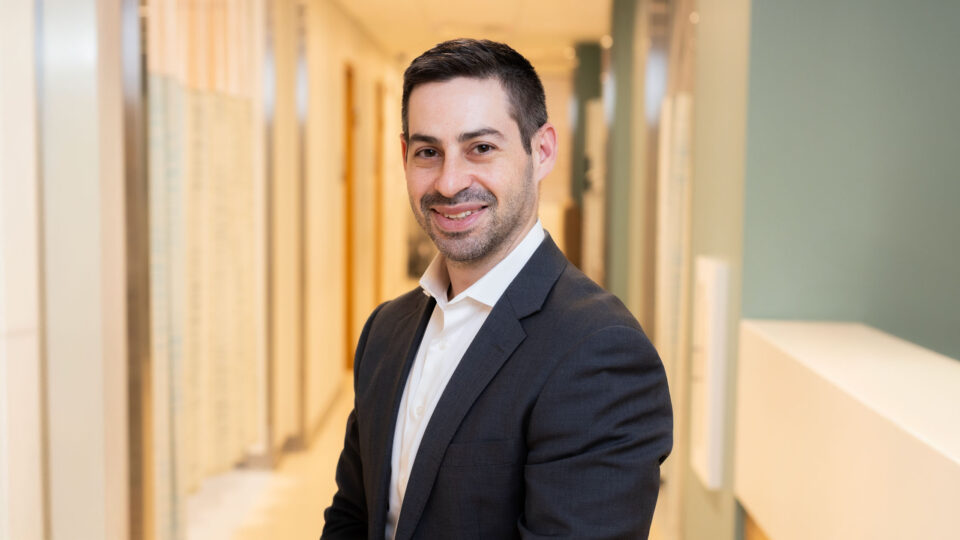Over the last 25 years, the internal medicine hospitalist care model has demonstrated improvements in hospital length of stay and readmissions, reductions in in-hospital mortality, and cost savings. More recently, subspecialties including gastroenterology (GI) have begun to adopt the model given its benefits and the growing need to have physicians on-site for inpatient endoscopic interventions.
At NYU Langone Health, four GI hospitalists (GIHs) are embedded across the system, with the first added six years ago. Last fall at the American College of Gastroenterology’s Annual Scientific Meeting, gastroenterologist Melissa Latorre, MD, and colleagues presented data from a retrospective single-center study on the impact of hiring a GIH, finding that having such a specialist on-site is associated with reduced length of stay and an increase in inpatient general GI volumes.
“Since starting the GI hospitalist model at NYU Langone in 2017, there has been an approximately 55 percent increase in the number of inpatient endoscopic procedures performed annually,” Dr. Latorre says.
“The GI attending is on-site and familiar with hospital operations, and they are able to address complications such as GI bleed within the same day if necessary.”
Melissa Latorre, MD
“I think institutions understand the impact of a medicine hospitalist on inpatient care and can easily extrapolate the potential benefits a GI hospitalist can bring, especially in a busy quaternary care hospital like NYU Langone,” she says.
“The GI attending is on-site and familiar with hospital operations, and they are able to address complications such as GI bleed within the same day if necessary.”
Improved Metrics and Outcomes
The support provided by the GIH model has enabled NYU Langone to launch several initiatives to streamline care, Dr. Latorre says, including a small bowel bleeding program to accommodate the increasing volume of patients with gastrointestinal hemorrhage.
As part of the program, GIHs acquired skills in video capsule endoscopy and deep enteroscopy to expedite the evaluation of patients with obscure gastrointestinal bleeding.
A separate initiative reduced the incidence of postoperative bowel complications in patients undergoing orthopedic surgery, including small bowel ileus, perforation, and death.
During the COVID-19 pandemic, a GIH-led enteral nutrition team helped to triage and place gastrostomy tubes for patients with long-term nutrition needs. The model was associated with lower in-hospital mortality following gastrostomy tube placement.
The GIH team continues to explore opportunities for further quality improvement through this model, adds Dr. Latorre.
Benefits to Both Sides
The increased efficiencies of the GIH model also extend to outpatient care.
“Studies at other institutions have shown that there is an increase in both inpatient and outpatient procedures with the hospitalist model,” notes Dr. Latorre. “Hospital patients are treated more immediately, and you make the outpatient physicians more available.”
“Hospital patients are treated more immediately, and you make the outpatient physicians more available.”
While some outpatient physicians were initially skeptical, Dr. Latorre and her GIH colleagues have incorporated them as integral members of the patient’s inpatient care team.
“With smart use of the electronic medical record and chats, we have complete transparency,” she says. “We’ve also created a better experience for the patients because we’re able to address the acute situation and send them back to their outpatient physician in a shorter time.”
Education and Career Path
Dr. Latorre believes the GI fellowship lends itself well to transitioning to a GIH role. “Fellows tend to spend much more time in the hospital during their training than they do in an ambulatory,” she says. “We work hand in hand with our trainees; education is a big part of what we do.”
In a recent survey of GI fellowship program directors, many respondents believed a GIH would improve fellowship education and quality of inpatient care.
Because they spend most of their time within the walls of the hospital and are familiar with the leadership, attendings, and physicians, “it’s common for hospitalists to integrate themselves into administrative roles within the hospital,” Dr. Latorre adds.
“I think this career path is going to become more prevalent just as it has for medicine hospitalists,” she says.
“The pace of a GIH’s day can be very different than that of their outpatient colleagues. While time in the hospital can be very demanding and unpredictable, I find tremendous satisfaction in helping patients with life-threatening gastrointestinal illnesses and training the future generation of gastroenterologists.”






